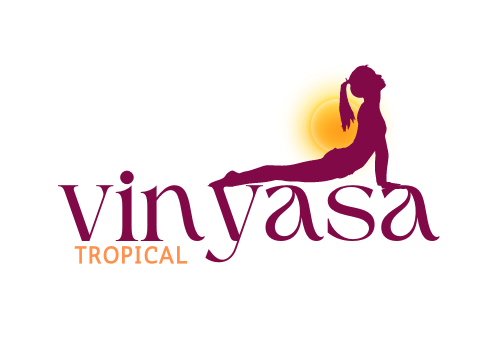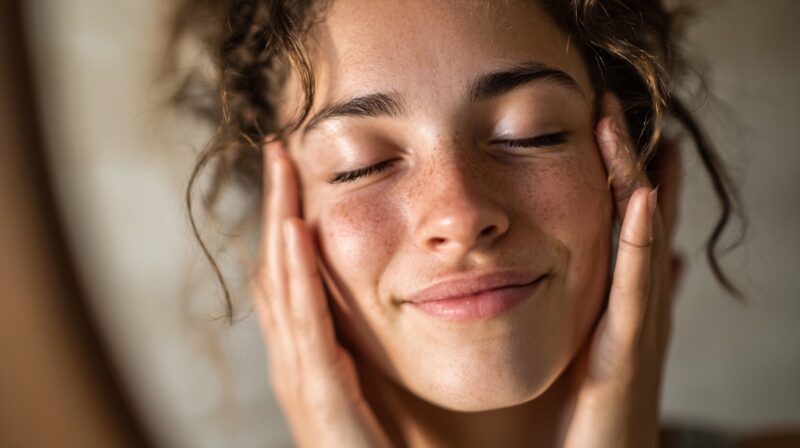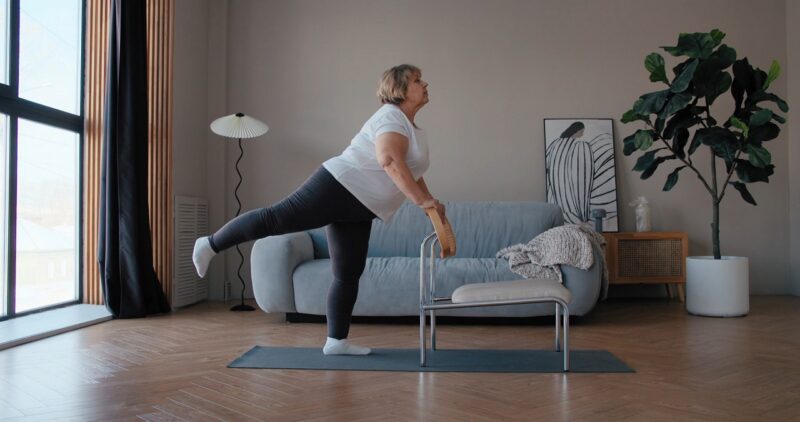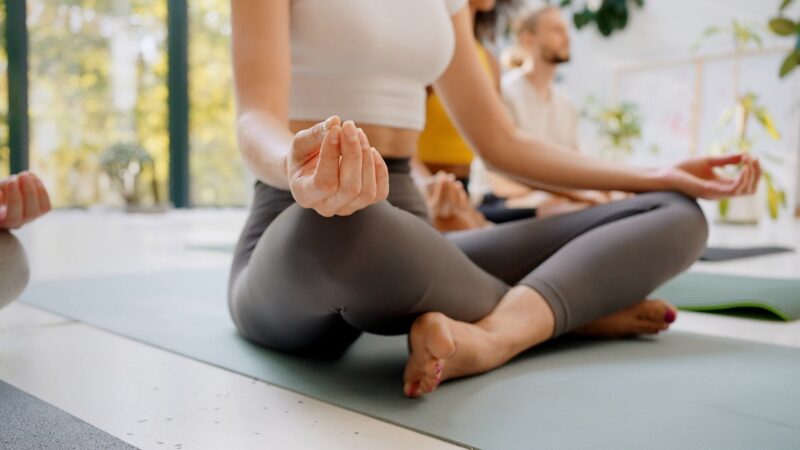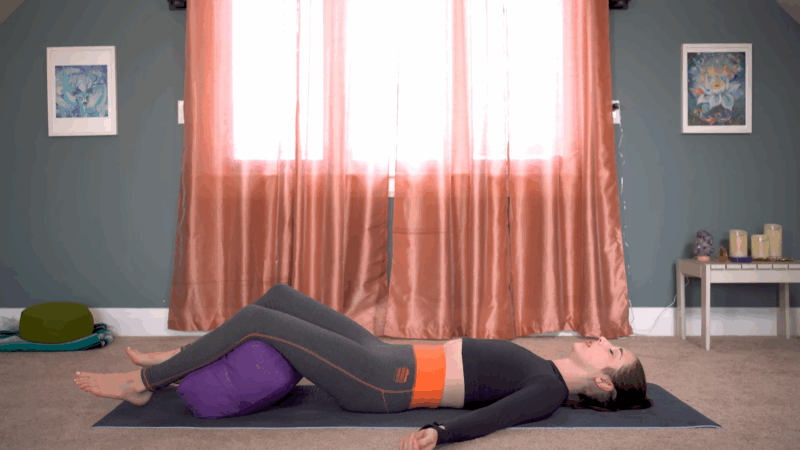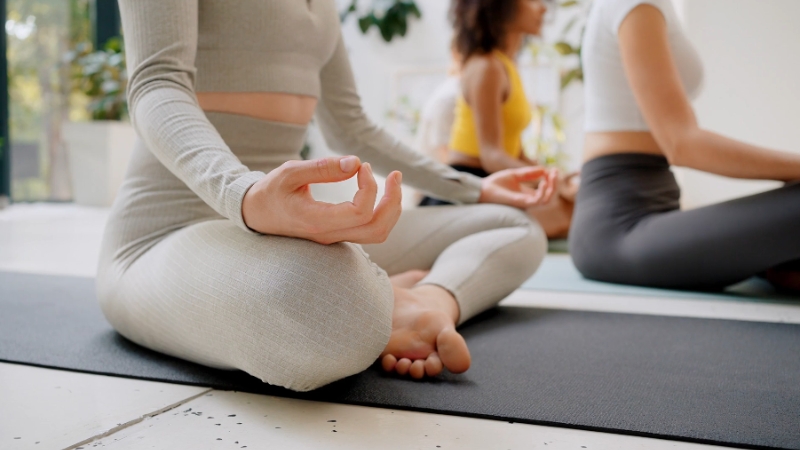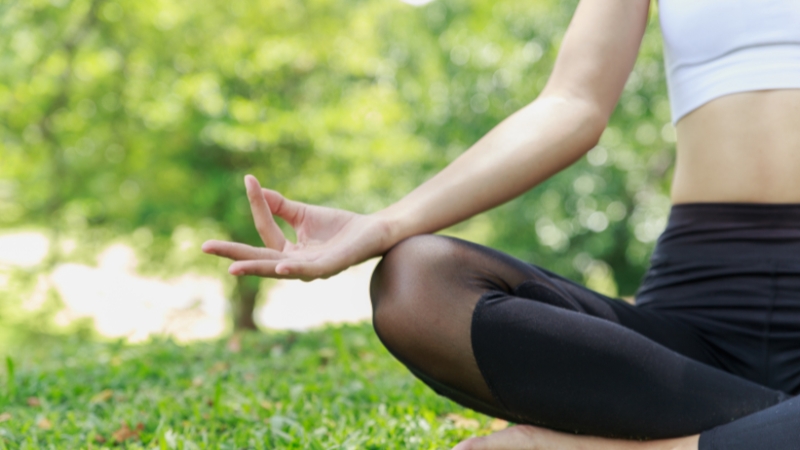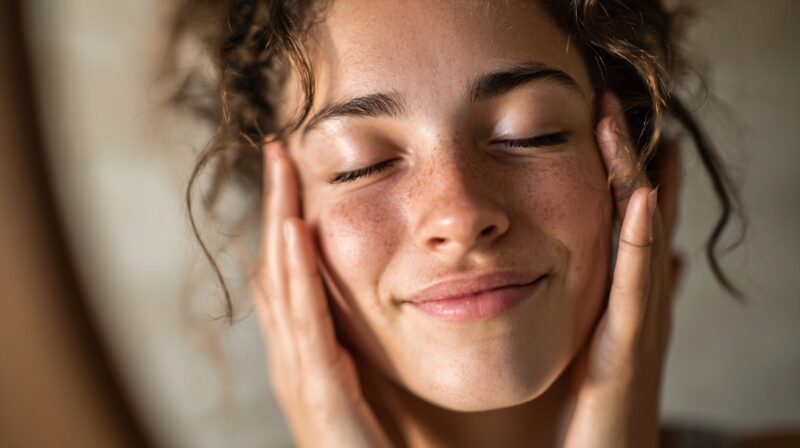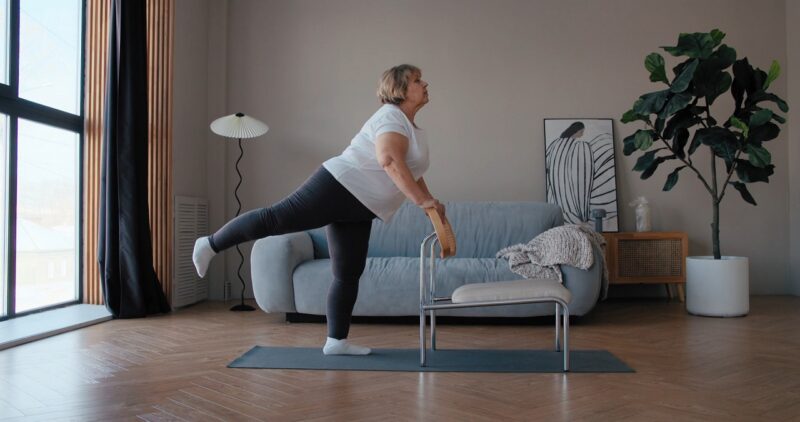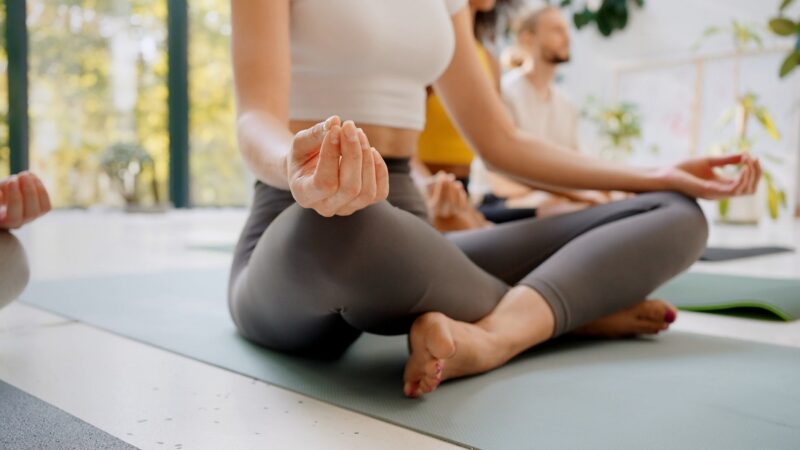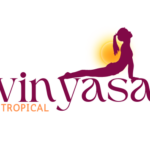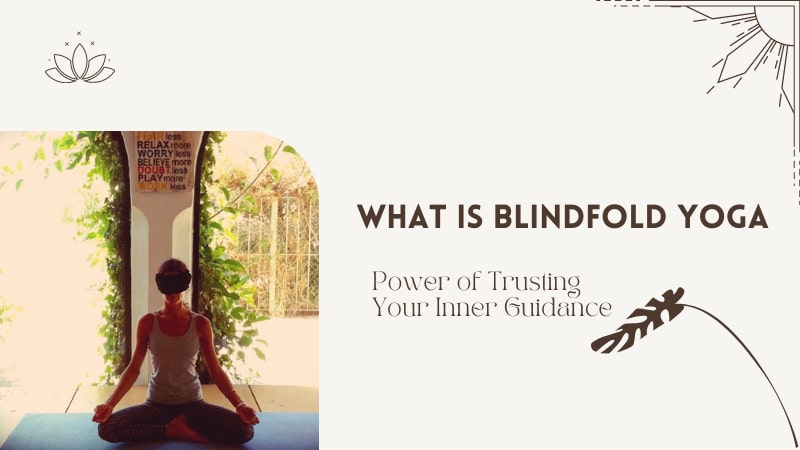
Share Post:
In recent years, yoga has become increasingly popular as people seek new ways to find balance, relaxation, and improved well-being. As this ancient practice evolves, innovative styles emerge, one of which is blindfold yoga.
This captivating blog post will explore the intriguing world of blindfold yoga, a practice that combines the fundamentals of traditional yoga with the unique sensory experience of wearing a blindfold.
We will delve into the differences between blindfold yoga and traditional yoga, define the practice, and discuss its purpose and benefits. Additionally, we will explore how blindfold yoga enhances the mind-body connection and provide examples of techniques and poses. Finally, we will examine who can benefit from this practice and address frequently asked questions.
How is Blindfold Yoga Different from Traditional Yoga?
Blindfold yoga is a variation of traditional yoga that incorporates the use of a blindfold to heighten the senses and increase body awareness. While traditional yoga focuses on physical postures (asanas), breathwork (pranayama), and meditation, the blindfold kind adds an extra layer of sensory deprivation to challenge and deepen the practice.
The blindfold not only fosters a greater sense of concentration but also encourages practitioners to rely on their sense of touch, balance, and intuition.
By removing the sense of sight, it compels practitioners to pay closer attention to their body’s alignment and movement. This ultimately leads to a more mindful and introspective practice as the external distractions fade away, allowing yogis to focus on their internal experience.
Its Purpose and Benefits
The primary purpose of blindfold yoga is to heighten the sensory experience and cultivate a stronger mind-body connection. By removing the sense of sight, practitioners are encouraged to develop a deeper awareness of their body, breath, and mental state.
Some of the benefits of blindfold yoga include:
- Improved balance and stability
- Enhanced focus and concentration
- Increased body awareness and proprioception
- Heightened intuition and trust in oneself
- Reduced stress and anxiety
- A more mindful and introspective practice
- Greater accessibility for individuals with vision impairments
By incorporating blindfold yoga into their regular practice, yogis can experience a heightened sense of self-awareness, which in turn can lead to improved overall well-being.
How Blindfold Yoga Enhances the Mind-Body Connection
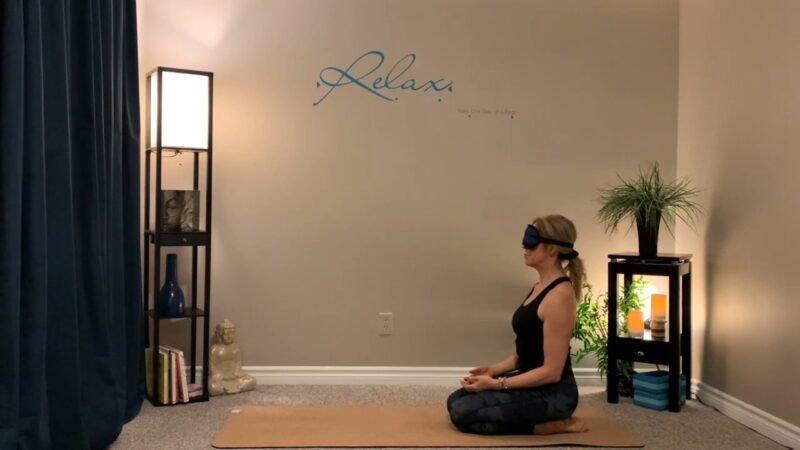
Blindfold yoga’s unique sensory deprivation aspect amplifies the mind-body connection, allowing practitioners to become more attuned to their physical sensations, thoughts, and emotions. This is achieved through increased reliance on the sense of touch, balance, and proprioception, as well as a heightened focus on breathwork and internal sensations.
By removing visual distractions, blindfold yoga encourages yogis to turn their attention inward, fostering a deeper connection with their inner selves. This introspective practice can lead to a greater understanding of the body’s natural intelligence and the ability to respond to its needs more effectively.
How Does It Work?
Blindfold yoga works by incorporating a blindfold or eye mask into a traditional yoga practice. The blindfold serves as a tool for sensory deprivation, encouraging practitioners to rely on their other senses and focus on the present moment. Here are some key aspects of how blindfold yoga works:
- Heightened senses: With the sense of sight removed, practitioners become more aware of their sense of touch, balance, and proprioception, which can lead to a more refined and precise practice.
- Increased focus: The absence of visual stimuli helps reduce external distractions, allowing yogis to concentrate more deeply on their breath and internal sensations.
- Trust and intuition: Blindfold yoga requires practitioners to trust their instincts and intuition as they navigate through postures without the guidance of their eyes.
Describing Techniques Used in Blindfold Yoga
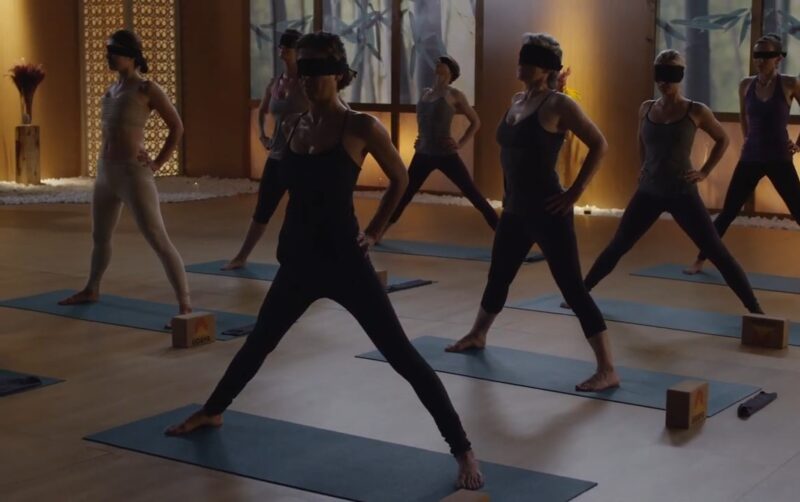
Blindfold yoga uses many of the same techniques as traditional yoga, including asanas (postures), pranayama (breathwork), and meditation. However, there are a few key adaptations that practitioners can employ to enhance their experience:
- Slow and deliberate movements: Moving slowly and deliberately through postures helps practitioners maintain balance and control while also allowing them to develop a greater understanding of their body’s capabilities and limitations.
- Use of props: Props such as blocks, straps, and bolsters can provide additional support and stability when navigating postures without the assistance of sight.
- Emphasis on breath and body awareness: Focusing on the breath and developing a heightened awareness of the body’s sensations can help guide practitioners through their practice.
Examples of Poses and How They Are Practiced
Many traditional yoga poses can be adapted for blindfold yoga. Some examples include:
- Mountain Pose (Tadasana): This foundational pose helps practitioners develop their sense of balance and proprioception. Standing tall with feet hip-width apart, focus on grounding through the feet, engaging the core, and lengthening the spine.
- Tree Pose (Vrksasana): A classic balance pose, Tree Pose challenges practitioners to maintain stability on one foot while lifting the other foot to rest on the inner thigh or calf. This pose fosters a strong sense of focus and concentration.
- Downward-Facing Dog (Adho Mukha Svanasana): This inversion pose stretches the entire body while also requiring a keen sense of body awareness. Ensure that hands are shoulder-width apart and feet are hip-width apart, pressing evenly through the hands and feet to maintain stability.
Who Can Benefit from Blindfold Yoga?
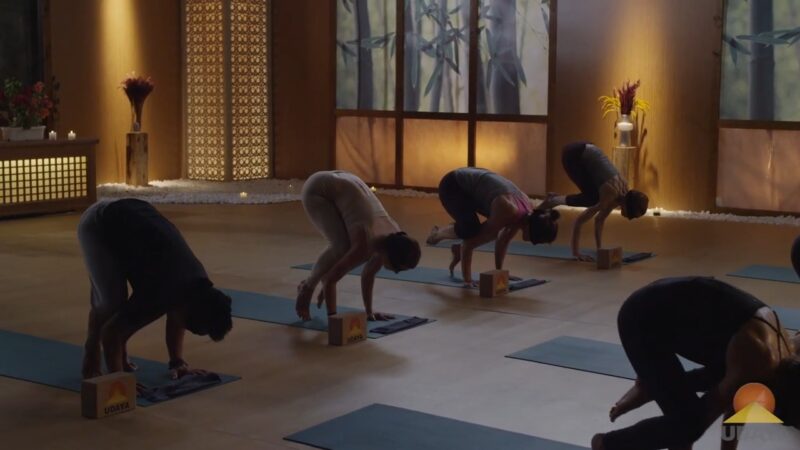
Blindfold yoga is accessible to a wide range of practitioners, regardless of their vision status. Some individuals who may benefit from this practice include:
- People with vision impairments: Blindfold yoga can provide an inclusive and empowering experience for individuals with visual impairments, as it encourages reliance on other senses and develops skills that can be applied to everyday life.
- Experienced yogis: For those who are well-versed in traditional yoga, blindfold yoga can present a new challenge and opportunity for growth, as it requires heightened focus, trust, and body awareness.
- Beginners: Newcomers to yoga can also benefit from blindfold yoga, as it encourages a greater connection with the body and fosters a mindful, introspective practice.
Frequently Asked Questions
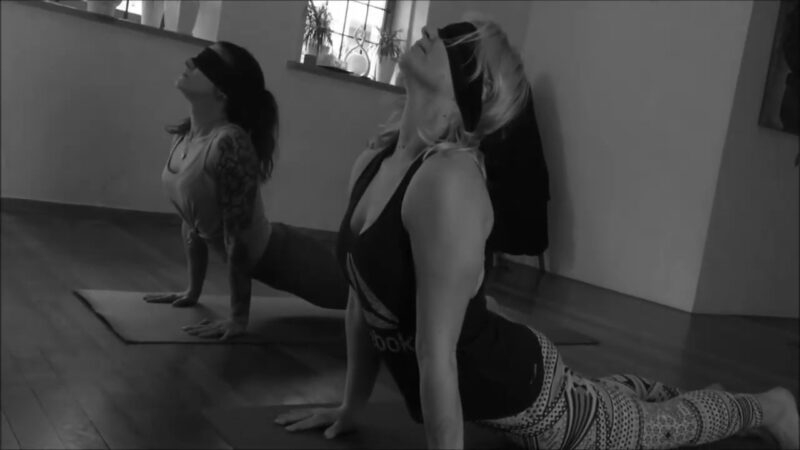
1. Is blindfold yoga safe for beginners?
Yes, provided they move slowly and mindfully through the postures and use props when necessary. It is recommended to practice under the guidance of a certified instructor.
2. How can I start practicing blindfold yoga at home?
Begin by selecting a comfortable blindfold or eye mask that securely blocks out light without causing discomfort. Choose a quiet, uncluttered space to practice in, and ensure you have access to props like blocks, straps, and bolsters if needed.
Start with a gentle warm-up and move slowly through a sequence of familiar poses, focusing on your breath and body sensations. You may want to practice close to a wall for added support and balance.
3. Can blindfold yoga help improve my balance and stability?
Yes, it can help improve balance and stability by challenging you to rely on your sense of proprioception and body awareness. As you practice, you’ll develop a stronger connection with your body and its position in space, which can lead to improved balance both on and off the mat.
4. Is it normal to feel disoriented during blindfold yoga?
Feeling disoriented or off-balance is not uncommon, especially when first starting out. As you continue to practice, your body and mind will adapt to the sensory deprivation, and you will become more comfortable navigating postures without the aid of sight.
5. Are there any risks or contraindications for blindfold yoga?
As with any physical activity, there are potential risks involved in practicing blindfold yoga. If you have any pre-existing medical conditions or concerns, it’s essential to consult with a healthcare professional before beginning a new exercise regimen. Additionally, always listen to your body and modify or skip poses that don’t feel right for you.
Final Words
Blindfold yoga offers a unique and transformative practice that encourages practitioners to develop a deeper mind-body connection. Challenging the senses and fostering greater focus, intuition, and trust will allow you to enhance your overall well-being and help you unlock new dimensions in your practice.
Related Posts:

